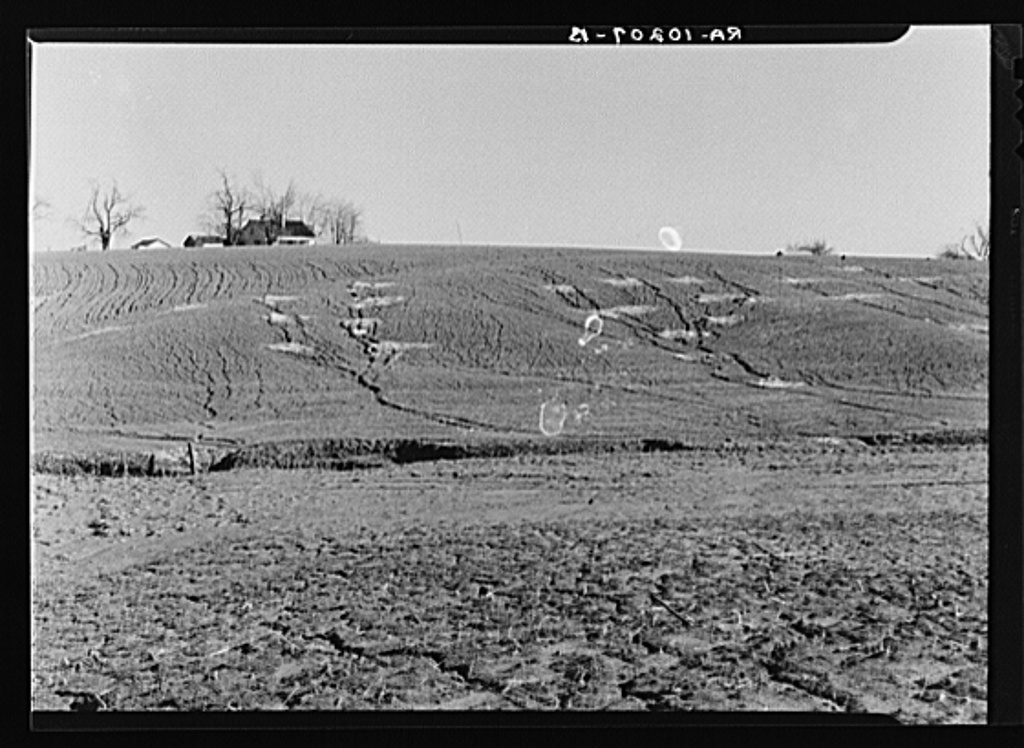Investigations with Data: Starting with a Single Photo
This is the first in a series of posts by Ralph Pantozzi, a 2024-2025 Albert Einstein Distinguished Teaching Fellow at the Library of Congress. In this series, we will dive into the fascinating world of primary sources, focusing on how a single photograph can lead to a wealth of questions and data explorations. Photographs are not just pictures; they are snippets of history, each capturing a moment in time that can reveal deeper truths when we examine them closely.
Have you ever looked at a photograph and felt a rush of curiosity? Perhaps you noticed the clothing styles, the setting, or the expressions on people’s faces. These elements can serve as a springboard for investigation. By asking the right questions, we can harness the power of data to understand the context and implications of what we see.
Why Photographs Matter
Photographs are unique primary sources. They provide a visual record that can complement textual information, offering a richer understanding of historical events. When we engage with photographs critically, we not only appreciate their artistic value but also uncover the stories they tell. For instance, a single photo from the 1960s might lead us to explore social movements, fashion trends, or even technological advancements of the time.
Framing Your Questions
The key to any successful investigation is asking the right questions. Start by observing the photograph closely. What stands out to you? Consider the following prompts:
- What is happening in the photo? Who are the people involved?
- What time period does this image represent?
- What can we infer about the culture or society depicted?
- How does this photo relate to broader historical events?
Once you have a set of questions, it’s time to turn to data. For instance, if your photo depicts a protest, you might research statistics on social movements during that era. Data can provide context, highlight trends, or even challenge assumptions based on what we see.
Connecting with Data
Data-driven investigations can transform our understanding of a photograph. By looking for historical records, census data, or even social media responses, we can find correlations that make the photograph more meaningful. This approach not only enriches our knowledge but also enhances critical thinking and analytical skills.
As we continue this series, we will explore specific photographs and the data-driven questions they raise. Our goal is to empower educators and students to engage with primary sources in dynamic ways, using them as tools for exploration and discovery.
Conclusion
So, the next time you come across a photograph, take a moment to pause and reflect. What questions does it raise for you? How can you use data to enhance your understanding of that moment in time? By starting with a single photo, we can unlock a treasure trove of insights that connect us to our past and inform our present.
Stay tuned for more posts in this series, where we will uncover more strategies for using photographs as gateways to data investigations. Together, let’s embark on this journey of discovery!

